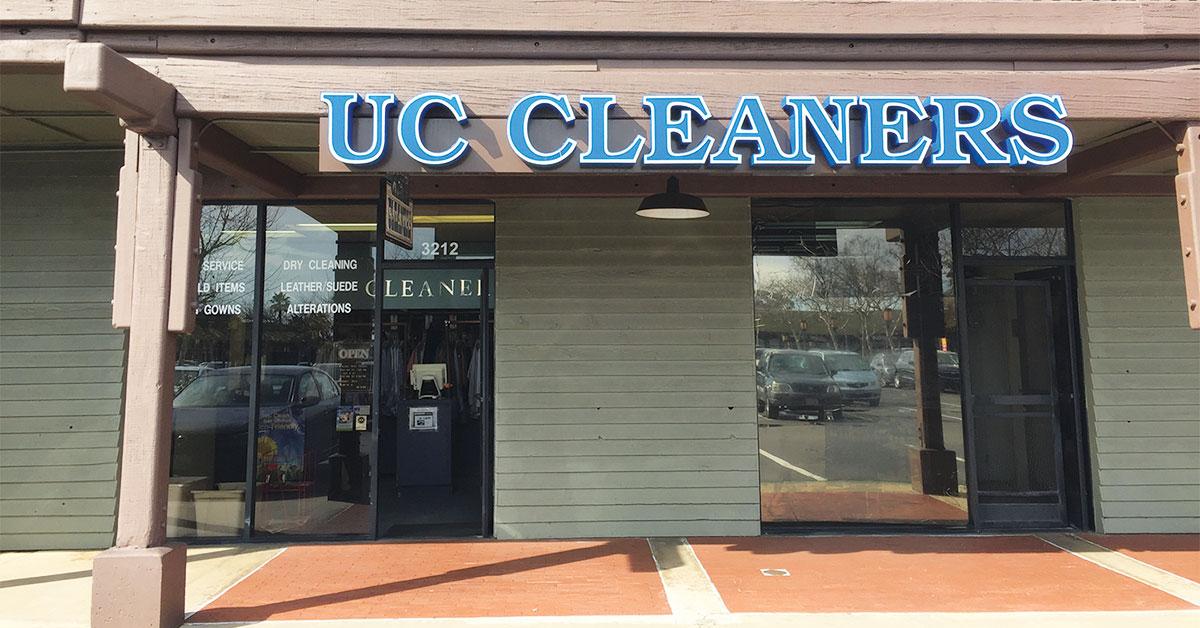SAN DIEGO — Tasked to become a “green” operator, University City Cleaners, in San Diego, recently ousted its cleaning practices for eco-friendly wet cleaning.
The foundational change left customers gleeful, the environment grateful and the business more productive and efficient. Who might owners Hyeon-Dong and Young-Sook Choi thank for the change? Their landlord, of course.
“Our landlord wanted to use our lease extension to renegotiate the lease terms in order to mitigate any risks associated with dry cleaning and its possible negative environmental effects,” says daughter Miriam Choi.
So, after 20 years in business, Choi stepped in to research non-toxic drycleaning alternatives on behalf of her parents. She referenced the California EPA guidebook, going so far as to contact the author and “pick his brain.” She sought information and validation from the California Air Resources Board.
She called Kendall Hendricks at Hendricks Mechanical Inc., a full-service drycleaning equipment distributor in Fullerton, Calif.
“We feared that we would make this big business change and purchase new equipment and potentially still not get our lease extended because we didn’t meet EPA standards,” says Choi. “So we wanted preapproval on the equipment replacement before making changes.”
After considerable due diligence, University City Cleaners removed its 60-pound capacity machine and replaced it with a Poseidon Textile Care System, consisting of a 60-pound capacity wetcleaning machine and matching dryer.
“The California Air Resources Board provided written approval that Poseidon did qualify for the nontoxic drycleaning program,” says Choi. “That validated the fact that we were replacing our drycleaning machine with a fully nontoxic alternative. We made the full switch this past year and it’s been great.”
Once garments are wet-cleaned and dried, they are finished, packaged and prepared for pickup. “We use tensioning finishing equipment to finish garments by blowing steam into them,” says Choi.
But, switching from dry cleaning to wet cleaning must have posed challenges? Not really, says Choi. “Once the machinery was installed, the transition was easy.”
At University City Cleaners, nearly all garments are now wet cleaned, regardless of fiber type. “While certain items are approached with more caution, the new system can tackle just about anything,” she says. “We utilize approximately 10 programs in the wetcleaning process and about 10 programs in the drying process,” says Choi.
And despite replacing one machine with two, the changeout freed up space, offering more operator elbow room.
Not only are customers happy, the Choi family feels good knowing the business is environmentally responsible.
“We have noticed tremendous benefits to wet cleaning,” says Choi. “Since switching over, we have received positive feedback from our customers with consistent remarks about a cleaner smell, better odor removal and overall superior cleaning quality.”
Not to mention, University City Cleaners is more efficient. By saving on electrical costs, waste disposal fees, permitting and solvent costs, wet cleaning is expected to also positively impact profits.
Says Hendricks: “University City Cleaners will definitely save on the utility side.”
And that’s a good thing since San Diego Gas and Electric charges for electricity based on usage tiers. As electricity consumption increases, users run the risk of moving into a higher tier, where they are billed at a higher rate.
Finally, according to Choi and Hendricks, University City Cleaners is more productive with wet cleaning — successfully completing more garment pounds per hour.
“Using the 60-pound capacity wetcleaning machine and dryer, University City Cleaners can wet clean, dry, finish and package 90 pounds of garments in 75 minutes,” says Hendricks. “Using their old 60-pound capacity machine, it took the same amount of time to process just 60 pounds.”
But to Choi and her family this is merely a side benefit of doing the right thing for the environment.
“The best part of this change has been the tremendous feedback we’ve received from our customers and community,” she says. “We’re excited to be leaders in the industry by making the switch to wet cleaning and happy to do our part in minimizing our environmental footprint.”
In the end, University City Cleaners has created a situation where everybody wins.
To read Part 1, go HERE.
Have a question or comment? E-mail our editor Dave Davis at [email protected].
